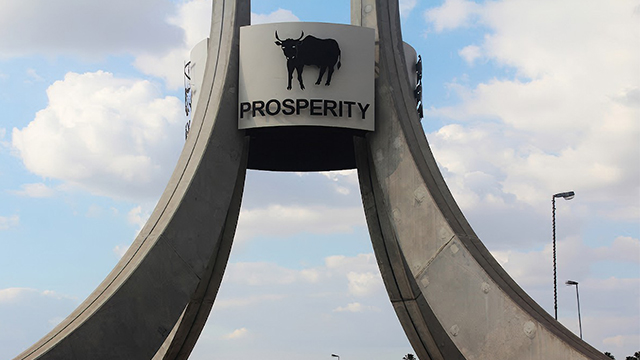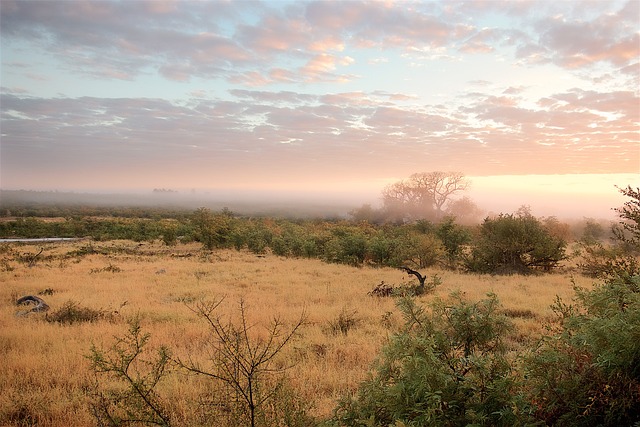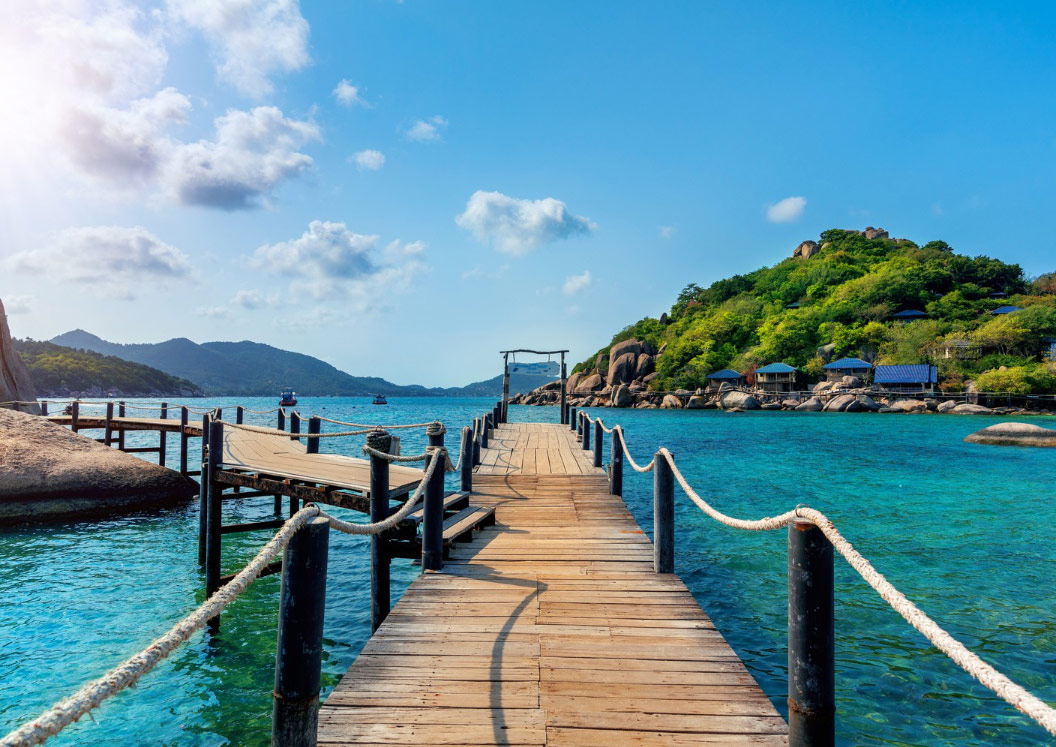
Aug 22, 2023 | blog, Cities, Destination
Polokwane: The Safe and Beautiful Capital of Limpopo
Polokwane is the capital city of Limpopo and is located in the Capricorn region of the province. The city was founded in the gold rush of the 1880s, and was originally named Pietersburg after a well-known General Petrus (Piet) Jacobus Joubert. In February 2002, the city was renamed Polokwane, a Northern Sotho word which means “Place of Safety.”
www.britannica.com
Polokwane, Limpopo, South Africa
This young city is the largest in Northern South Africa and is a bustling and vibrant metropolis. It’s a beautiful city surrounded by tree-lined suburbs and fascinating townships and rural villages. With the lowest crime statistics in the country, Polokwane is true to its name “Place of Safety.” Its schools produce good results and medical facilities are world class.
Here are some of the things to do in Polokwane:
- Visit the Polokwane Museum: This museum tells the story of the city’s history and culture. wikimedia.org Polokwane Museum, Limpopo, South Africa
- Go on a safari: Polokwane is located near a number of game reserves, where you can see a variety of African animals. wikipedia.org Kruger National Park, Limpopo, South Africa
- Hike in the Drakensberg Mountains: These mountains offer stunning scenery and challenging hikes. wikipedia.org Drakensberg Mountains, Limpopo, South Africa
- Visit the Mapungubwe National Park: This UNESCO World Heritage Site is home to the ruins of an ancient city. www.britannica.com Mapungubwe National Park, Limpopo, South Africa
- Take a cooking class: Learn how to cook traditional South African dishes.
- Visit the Polokwane Market: This market is a great place to find souvenirs and local produce.
Polokwane is a great place to visit if you’re looking for a safe and beautiful city with a lot to offer. With its rich history, stunning scenery, and friendly people, Polokwane is sure to leave you wanting more.

Jul 31, 2023 | blog, Destination
Kruger National Park is a South African national park and one of the largest game reserves in Africa. It covers an area of 19,485 square kilometers (7,523 sq mi) in the provinces of Limpopo and Mpumalanga in northeastern South Africa, and extends 360 km (220 mi) from north to south and 65 km (40 mi) from east to west. The administrative headquarters are in Skukuza.
www.tripsavvy.com
Kruger National Park South Africa
The park was first proclaimed in 1898 as the Sabie Game Reserve by the then president of the South African Republic, Paul Kruger. It became South Africa’s first national park in 1926.
Kruger National Park is home to an incredible variety of wildlife, including the Big Five (lions, leopards, elephants, rhinos, and buffalo). The park is also home to a wide variety of other animals, including giraffes, zebras, lions, cheetahs, hyenas, and antelopes.
The park is a popular tourist destination, and there are a number of ways to experience the wildlife. Visitors can go on game drives, take bush walks, or go on boat trips on the park’s rivers.
Kruger National Park is a vitally important conservation area. The park helps to protect the wildlife of South Africa and to promote sustainable tourism.
Here are some of the things you can do in Kruger National Park:
- Go on game drives: This is the most popular way to see the wildlife in the park. Game drives can be taken in open vehicles, closed vehicles, or even on horseback. www.krugerpark.co.za Game drives Kruger National Park
- Take bush walks: This is a great way to get up close to the wildlife and to experience the bush in a more intimate way. Bush walks are usually led by experienced guides who can help you to identify the different animals and plants. www.krugerpark.org Bush walks Kruger National Park
- Go on boat trips: This is a great way to see the wildlife that lives along the rivers and streams in the park. Boat trips can be taken in small boats or in larger boats that can accommodate more people. www.viator.com Boat trips Kruger National Park
- Visit the park’s educational centers: The park has a number of educational centers that offer visitors the opportunity to learn more about the park’s wildlife and its conservation. www.krugerparkreservations.com Educational centers Kruger National Park
Here are some tips for planning your trip to Kruger National Park:
- The best time to visit Kruger National Park is during the dry season, which is from May to September.
- The park is open year-round, but it can be very hot during the summer months (October to April).
- There are a number of different camps and lodges in the park, so you can choose the one that best suits your budget and needs.
- Make sure to book your accommodation in advance, especially during the peak season.
- Pack plenty of sunscreen, insect repellent, and a hat.
- Bring binoculars so you can get a closer look at the wildlife.



